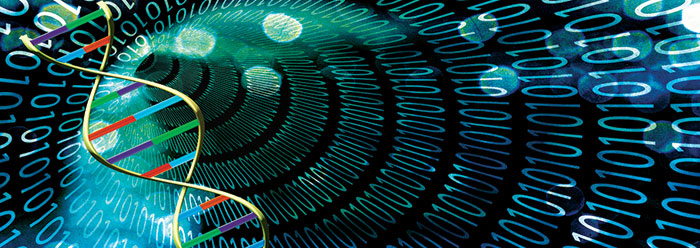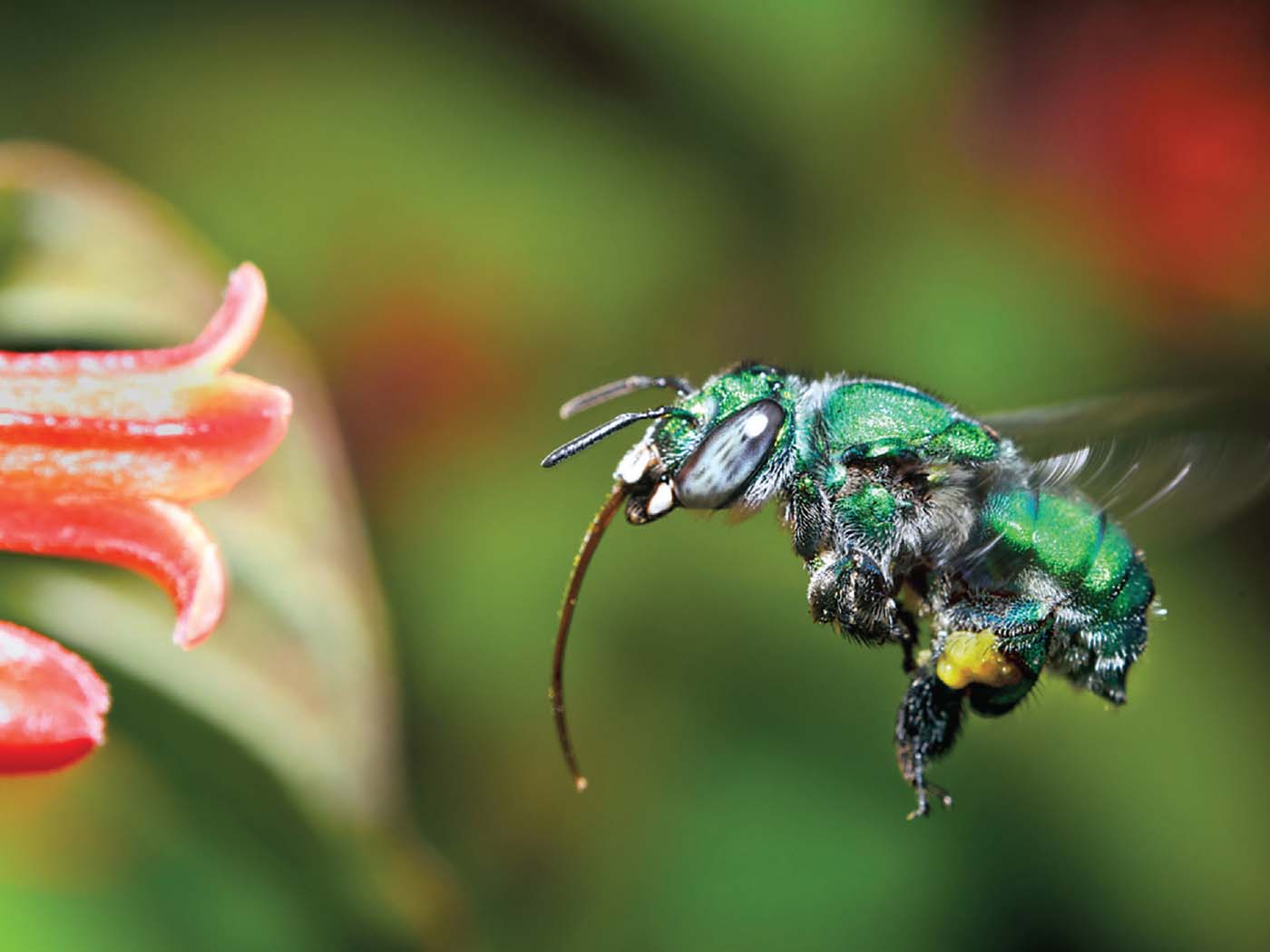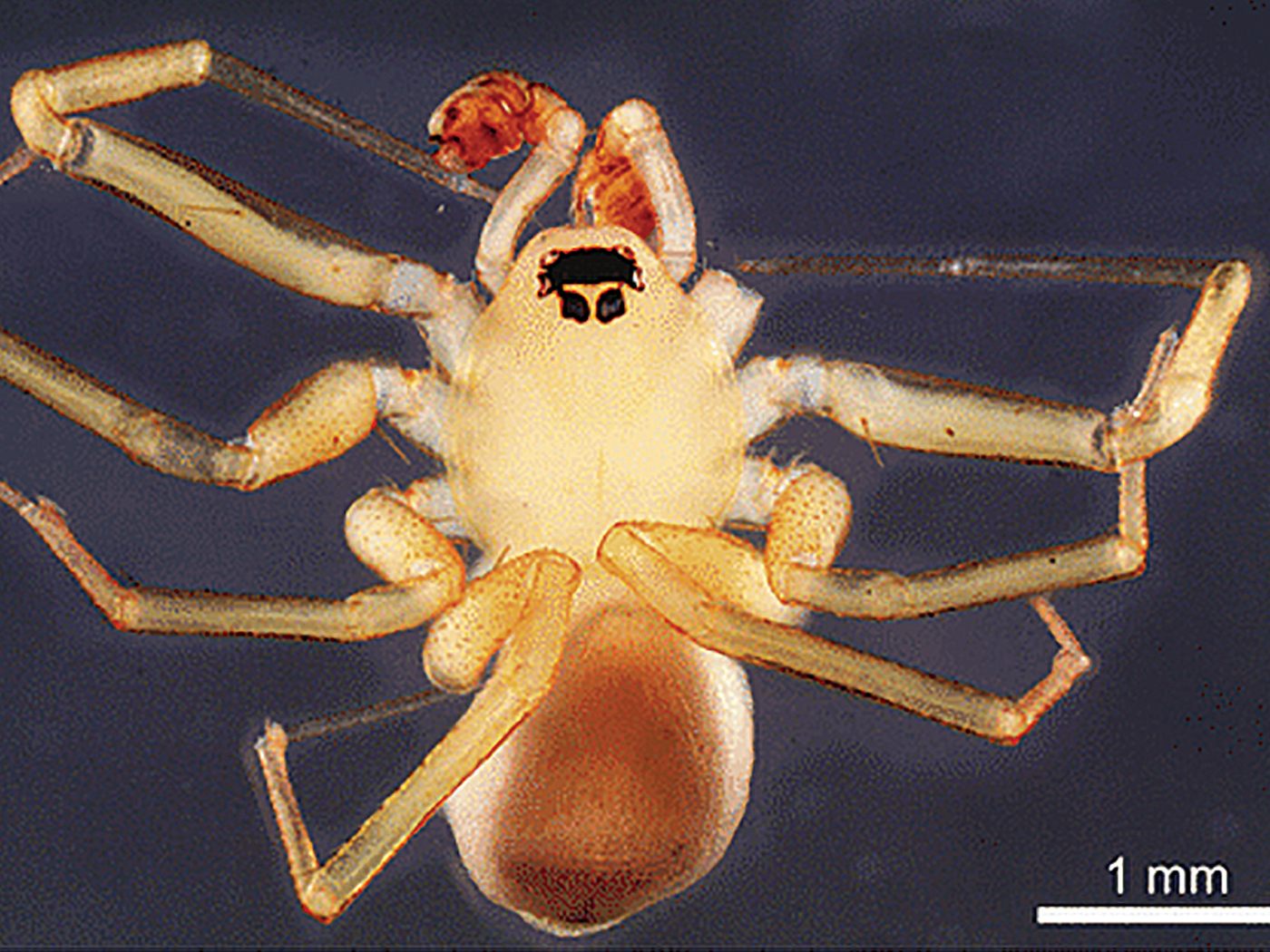Biochemical networks, signaling cascades, and genomes in cells are complicated information processing systems that are key to all aspects of living organisms. An increasing body of research shows these systems are finely tuned and highly optimized. Unlike devices built by professional engineers, such as an automobile that needs regular servicing and replacement parts, these divinely created living systems are self-organized and sustained within the cell.
The formation of any biological or man-made system generally follows a basic engineering model with an end goal in mind. System components are needed to construct a network, critical space is allocated to accommodate those components, time is required to process the information, and energy is needed for every orchestrated step of network operation. These component entities are also resources that constrain the design and performance of any biochemical network in the cell.
When this basic but complex engineering model is applied to biological systems, researchers have found tremendous efficiency—none of the resources are wasted. In a recent study, the cell’s systems were tested using the model bacterium Escherichia coli (E. coli). In the best-characterized cellular sensing system known to man, E. coli, the chemotaxis network was evaluated.1
Chemotaxis is the movement of an organism in response to particular chemicals in the environment that its systems are specified to detect. It is fundamental to survival and activity in bacteria. These complex one-cell creatures must constantly monitor their environment to make critical adjustments—essentially, decisions about relocating, differentiating, proliferating, and even living or dying. In the study of the networks that allow chemotaxis to function, researchers stated:
To operate these networks, resources are required: time, protein copies, and energy. We present a theory for the optimal design of cellular sensing systems that maximize sensing precision given these resources. It reveals a new design principle, namely that of optimal resource allocation. It describes how these resources must be allocated so that none are wasted. We show that the chemotaxis network of Escherichia coli obeys this principle.1
In another study performed several years earlier, researchers compared the function of gene networks in E. coli to the man-made architecture of the Linux computer operating system.2 Expressed (turned on) genes in E. coli were considered analogous to called computer programs in the Linux operating system. The researchers found that both the biological and computer systems had the hallmark of design principles, with three different levels of regulatory hierarchy:
1) master regulators
2) middle managers
3) bottom-level workhorse genes/programs
However, the similarity ended there. The genome of E. coli was found to be much more streamlined, efficient, and condensed in its information processing! Conversely, the man-made computer system contained a much larger amount of called code producing a much smaller amount of end results. In fact, the Linux operating system was literally bloated with middle-level managers—much like many other inefficient man-made systems.
Evolutionists invoke selection and random processes to explain the complicated traits found in living organisms, but these theories have little predictive power when applied to real biological systems. However, research using design-based principles of prediction, even with a seemingly “simple” bacterium, are proving that cellular systems and genomes are not only far better explained by optimized engineering, but their systems far exceed the capabilities of mankind’s own design genius. Clearly, these engineered works of vast intelligence are evidence of an omnipotent Creator as described in the Bible.
References
- Govern, C. C. and P. R. ten Wolde. 2014. Optimal resource allocation in cellular sensing systems. Proceedings of the National Academy of Sciences. 111 (49): 17486–17491.
- Yan, K.-K. et al. 2010. Comparing genomes to computer operating systems in terms of the topology and evolution of their regulatory control networks. Proceedings of the National Academy of Sciences. 107 (20): 9186–9191.
* Dr. Tomkins is Research Associate at the Institute for Creation Research and received his Ph.D. in genetics from Clemson University.






















